Name Pierre Poivre | ||
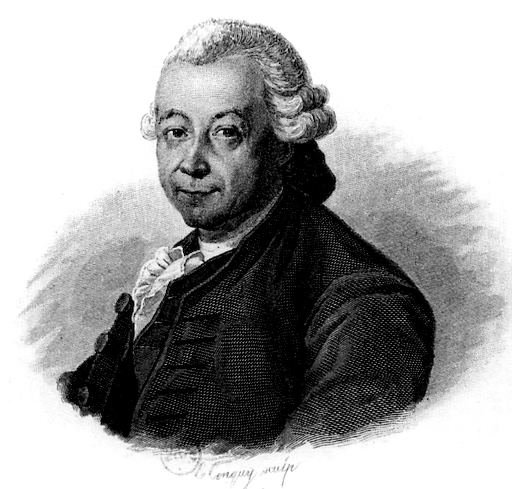 | ||
Died January 6, 1786, Saint-Romain-au-Mont-d'Or, France | ||
Ti somin pierre poivre
Pierre Poivre (23 August 1719 – 6 January 1786) was an 18th century horticulturist and botanist. He was born in Lyon, France.
Contents
- Ti somin pierre poivre
- Les aventures de Pierre Poivre Visites prives
- Career
- Publications
- Family
- References
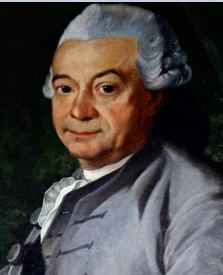
He was a missionary to East Asia, intendant of French colonial islands in the Indian Ocean, and wearer of the cordon of St. Michel.
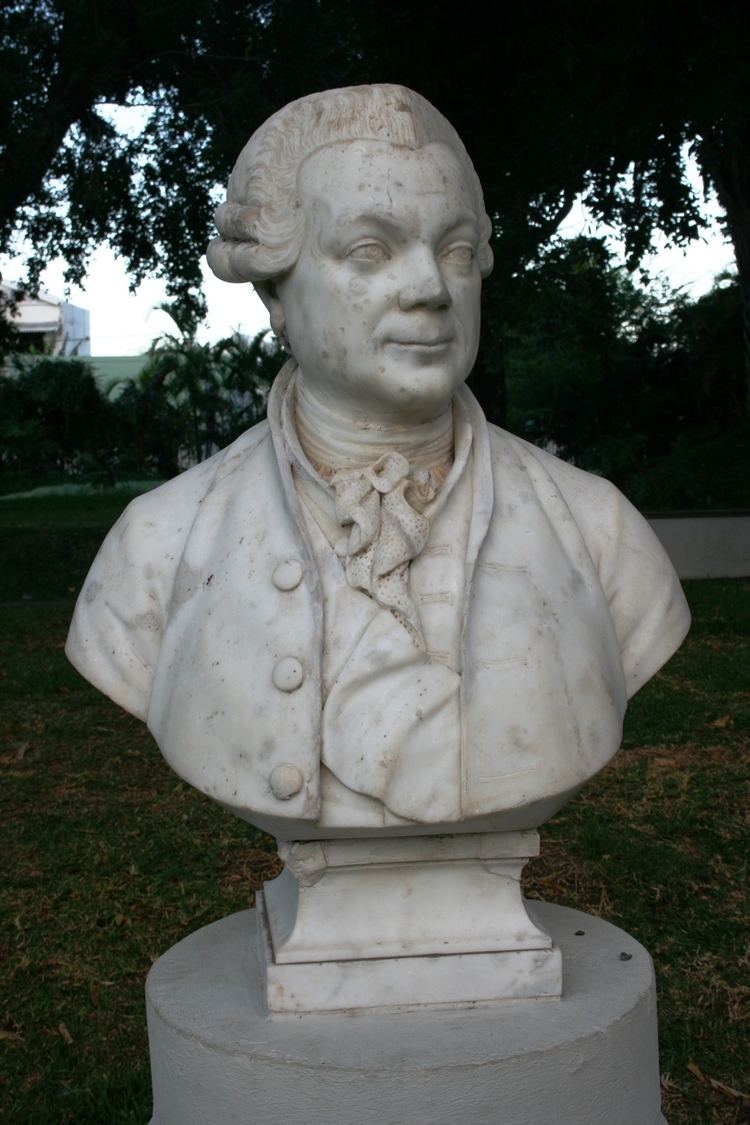
Les aventures de Pierre Poivre - Visites privées
Career
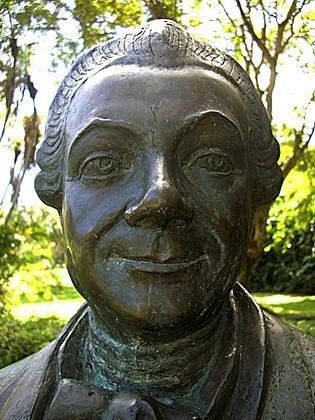
In his early 20s Poivre was a missionary in Far Eastern locations that included Cochinchina, Guangzhou, and Portuguese Macau. In 1745 as a member of the French East India Company, while on a journey to the East Indies, he was struck by a cannonball on the wrist while being engaged in a naval battle with the British. The injury required the amputation of part of his right arm.
In the 1760s, Poivre became administrator intendant of Isle de France (in present day Mauritius) and Ile Bourbon (in present day Réunion) in the West Indian Ocean. On northern Isle de France—Mauritius, he is renowned for the establishment of a new botanical garden, the present day Sir Seewoosagur Ramgoolam Botanical Garden (Botanical Garden of Pamplemousses), with specimens of trees, shrubs and plants imported from tropical habitats worldwide. He was succeeded as its director by botanist Jean-Nicolas Céré. Today on northern Mauritius, the SSR Botanical Garden−Botanical Garden of Pamplemousses still flourishes, and is now a 25 hectares (62 acres) garden containing tropical plants and trees from other islands in the Indian Ocean, Africa, Asia, the Americas, and Oceania.
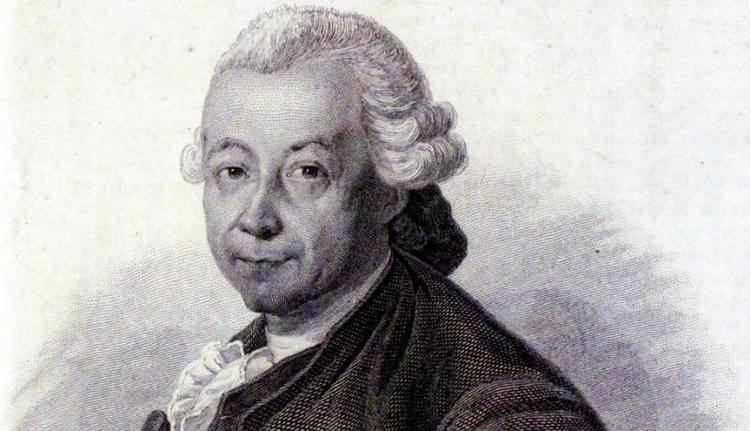
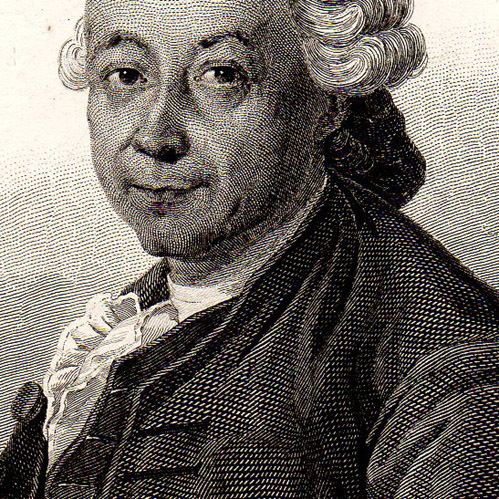
Poivre is also remembered for introducing spice plants to to Mauritius and Reunion, such as clove and nutmeg, commodities which at the time were controlled by the Dutch, who had a virtual monopoly on them in the Dutch East Indies. In order to obtain the spices, Poivre arranged clandestine smuggling forays to obtain plants and seeds from the Dutch Spice Islands in 1769-1770. Poivre was also responsible for introducing spice plants to the Seychelles.
Publications
Family
Pierre Poivre married Françoise Robin (1749 - 1841) on 5 September 1766 in Pommiers, Rhône. They had three children:
He was an uncle to the renowned French naturalist Pierre Sonnerat (1748-1814).
The Poivre Islands coral atoll is named in his honor. They are located in the Amirante Islands group of coral islands and atolls that belong to the Outer Islands of the Seychelles.
Pierre's surname means pepper (Poivre; pronunciation ) in French, leading some authors to identify him as the subject of the Peter Piper rhyme.
